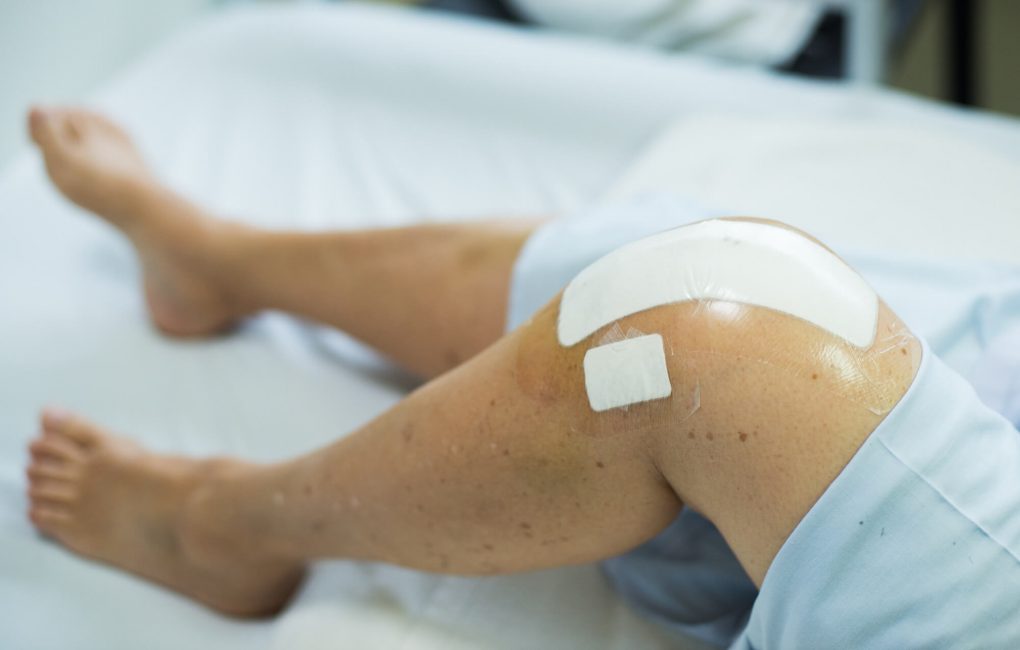Follow Your Doctor’s Instructions
When given a prescription, always follow it. This will continue during your post-op hospital stay and beyond. Your doctor will tell you how often you can take your medicine and at what times of the day. They may recommend medicine to relieve your pain and reduce the risks of infection. It is also very likely that they will prescribe you a blood thinner, which will reduce your risk of developing blood clots while you are recovering from your operation. Once you are out of the hospital, you should continue to take the medicine that your doctor has provided you, as well as follow the instructions from the rest of your care team. Beyond just prescribing medicine, they will also guide you through a variety of recommended movements, which should be done at regular intervals.Physical Exercise and Therapy
Regular exercise is crucial to rehabilitate your legs. This will also help you prevent yourself from developing any blood clots. After knee surgery, patients often have a physical therapist to guide them through the physical rehab. Your physical therapist will come up with a routine of exercises to strengthen your knee. If you had a knee replacement, the doctor would use a continuous passive motion machine. This device will help to slowly get your knee(s) moving while keeping your heartbeat down.Mechanical Therapy
Undergoing mechanical therapy helps you cope with the after-effects of the surgery. It uses graduated compression stockings, which are very tight socks that go from ankle to leg. These pneumatic devices help reduce the risk of blood clots by keeping your blood circulating throughout your legs. Your doctor may ask for you to wear one if you're dealing with blood clotting. Graduated compression stockings prevent blood from pooling in your legs. This helps reduce the chances of developing a blood clot.Blood Clotting Symptoms to Look For
During your recovery from knee replacement surgery, you should always be wary of blood clots. Blood clotting can happen at any time and are often unexpected, so it is important to know the signs and symptoms to watch out for and know when to seek medical attention The most common blood type of blood clot after knee surgery is a DVT. The symptoms associated with DVTs consist of swelling, pain, tenderness, and redness in the affected leg. If you think you may have developed a DVT, it is important to visit your doctor, because if left alone, these blood clots can progress to a pulmonary embolism. Pulmonary embolisms are blood clots that travel to the lungs. Their symptoms consist of difficulty breathing, coughing up blood and chest or back pain. If you develop any of these symptoms, you should visit the nearest emergency room as soon as possible because pulmonary embolisms can be fatal.Take Anti-Clotting Medicine
Anti-clotting medicines are what most patients use to prevent and treat blood clots. This class of drugs is also known as a blood thinner. You will likely get a prescription for a blood thinner from your doctor when you are discharged from the hospital after your knee surgery. Knee replacement patients start taking anti-clotting medicine the day after surgery. This continues throughout their hospital stay and into at-home rehabilitation. There are many types of blood thinners available, and the type your doctor chooses for you will depend on a variety of factors. The following is a list of several different drugs that fall into the anti-clotting medicine category:- Heparin - is an injectable that works by decreasing the clotting ability of the blood
- Coumadin (warfarin) - taken orally, works less fast than heparin
- Xarelto (rivaroxaban) - used for both pulmonary embolisms and DVTs
- Pradaxa (dabigatran) - works by blocking thrombin proteins
- Eliquis (apixaban) - reduces blood clotting and lowers the risk of stroke with nonvalvular atrial fibrillation.
- Savaysa (endoxaban) - taken by the parenteral route and PE's following 5 to 10 days.
- Lovenox (enoxaparin) - prevent and treat harmful blood clots






